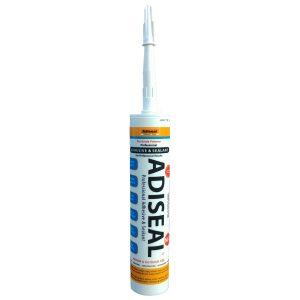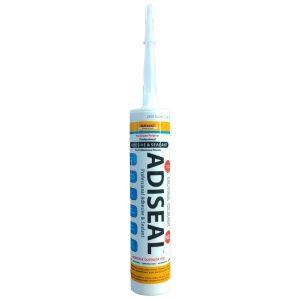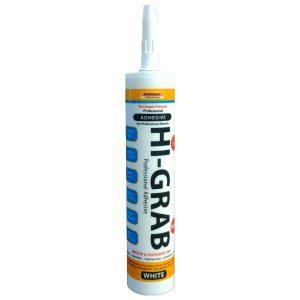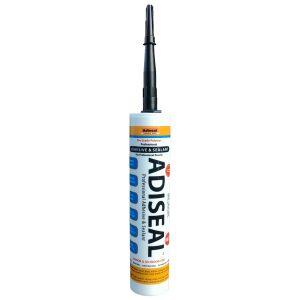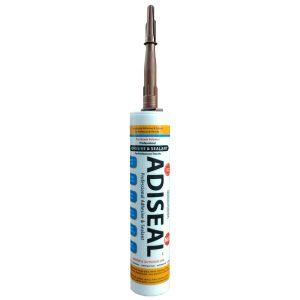Metal Adhesive
Metal Adhesive: Ultimate Bonding Solution for Strong Joints
Metal adhesive is a powerful and versatile bonding agent specifically designed for joining various types of metal surfaces. In this article, we will explore the benefits and applications of metal adhesive, highlighting its effectiveness in creating strong and reliable joints. Whether you’re working with stainless steel, aluminum, or other metal materials, understanding the qualities and advantages, is crucial for successful bonding in various industries and applications.
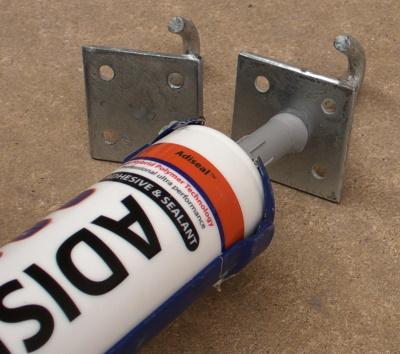
The Advantages of Metal Adhesive
Metal adhesive offers several advantages that make it an excellent choice for bonding metal surfaces:
1. Exceptional Bond Strength:
– It provides a high strength bond, creating a durable connection between metal substrates.
– It forms a strong and reliable joint that can withstand heavy loads, vibrations, and other mechanical stresses.
2. Versatility and Compatibility:
– It is compatible with a wide range of metal materials, including stainless steel, aluminum, copper, and more.
– It can be used for bonding similar metals or different metal combinations, offering versatility in various applications.
3. Corrosion Resistance:
– Many products have excellent resistance to corrosion, protecting the bonded surfaces from degradation due to environmental factors.
– This feature is particularly important in applications where exposure to moisture, chemicals, or harsh weather conditions is a concern.
Important Considerations for Using Metal Adhesive
To achieve optimal results when using metal adhesive, consider the following factors:
1. Surface Preparation:
– Thoroughly clean the metal surfaces to remove dirt, grease, rust, or other contaminants that may hinder adhesion.
– Ensure the surfaces are dry and smooth before applying the adhesive for maximum bonding effectiveness.
2. Adhesive Selection:
– Choose a product that is specifically formulated for the type of metal or metals you are bonding.
– Consider factors such as the required cure time, temperature resistance, and strength requirements for the specific application.
3. Application Techniques:
– Apply the product evenly and consistently on the bonding surfaces, following the manufacturer’s recommended coverage and thickness.
– Use suitable tools or applicators to ensure a uniform distribution of the adhesive for a strong and reliable bond.
Applications of Metal Adhesive
Metal adhesive finds extensive use in various industries and applications, including:
1. Automotive and Aerospace:
– It is widely used in the automotive and aerospace industries for bonding metal components, such as body panels, frames, and aircraft parts.
– It provides a lightweight yet strong alternative to traditional welding or mechanical fasteners.
2. Construction and Manufacturing:
– Metal adhesive plays a crucial role in construction and manufacturing processes, bonding metal structures, panels, and assemblies.
– It enables efficient and precise joining of metal elements while maintaining the structural integrity of the finished product.
3. Electronics and Appliances:
– Metal adhesive is utilized in the electronics and appliance industries for bonding metal components, such as circuit boards, heat sinks, and appliance casings.
– It ensures secure connections while offering electrical insulation and heat dissipation properties.
Conclusion
Metal adhesive is a reliable and versatile solution for bonding metal surfaces, providing exceptional strength and durability. Its compatibility with various metal materials, corrosion resistance, and ease of application make it a preferred choice in industries ranging from automotive and aerospace to construction and electronics. By considering factors such as surface preparation, adhesive selection, and proper application techniques, you can achieve strong and reliable bonds in your metal bonding projects. Whether you’re assembling complex metal structures or repairing metal components, metal adhesive offers a reliable solution for creating lasting and robust joints.
Showing all 6 resultsSorted by popularity
